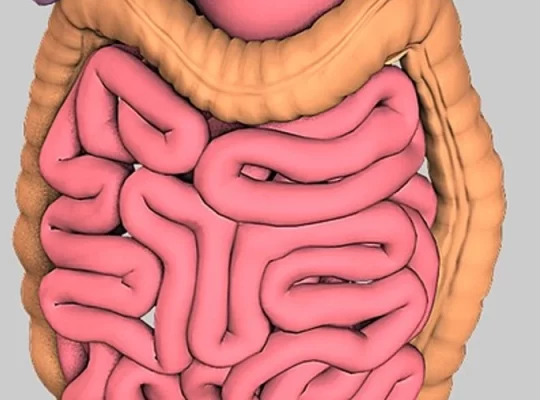If you have malabsorption, you aren’t alone. This is a common problem, and numerous strategies exist to address it. Nonetheless, many people need help figuring out what to look for regarding warning signs. This post will review some signs and symptoms, the root causes, and diagnostic procedures for this ailment. Moreover, we’ll talk about the various therapeutic options that are out there.
Causes
Food intolerances, immune system abnormalities, and inflammatory processes are possible causes of absorption issues. Diagnosing the root cause is crucial before beginning treatment for any ailment, as some are more treatable than others. In some circumstances, dietary changes alone will suffice as treatment; in others, more extensive medical intervention will be required.
Malabsorption is a digestive disorder that prevents the body from taking in nutrients. The gastrointestinal system is particularly affected by this illness. The body absorbs most nutrients from food through the small intestine in a healthy person. However, if the intestines are injured or weak, the body cannot absorb nutrients from meals. These nutrients are, therefore, not distributed to the body’s organs and tissues. Malabsorption symptoms can range from mild to severe depending on the underlying condition, and certain meals may even trigger some. In extreme cases, this disease may cause permanent changes to the digestive tract.
Symptoms
Those suffering from malabsorption problems must acquire an accurate diagnosis before beginning treatment. Then, one can give them dietary guidelines to follow. The diet should consist of items that provide an adequate amount of each vitamin. This eating plan has to be assessed frequently. A doctor may prescribe enzyme supplements or replacements under certain conditions. Patients may also be given appetite-stimulating medications to help them consume more.
To effectively treat malabsorption syndrome, it is necessary to determine what is triggering it. Most chronic illnesses are best treated with a diet low in fat and high in carbs. Treatment methods include avoiding triggers, but there are others available as well. People with celiac illness, for example, should avoid any foods containing gluten, while individuals with lactose intolerance should avoid all dairy products. Vitamin and mineral supplements are also commonly utilized as a therapy. However, they need to be modified per patient to be effective.
Treatment
Treatment for malabsorption might help patients regain some of the nutrients they lost due to the disorder. Treatments for these conditions often include medication and dietary changes. Those who have been told they have malabsorption must investigate its origins immediately. Some of the most common causes of malabsorption are intestinal parasites, viral illnesses, and bacterial infections. This illness can also be an adverse reaction to ingesting large quantities of laxatives or antibiotics.
Sometimes, patients may postpone problem resolution, hoping their underlying illness will improve. However, if your doctor determines that your malabsorption is secondary to another health issue, they will recommend the best treatment. Furthermore, several tests might aid in pinpointing the source of the problem. This diagnostic workup incorporates a poop test and a hydrogen lactate breath test.
The therapy of malabsorption depends on its underlying cause and the severity of its symptoms, both of which can be caused by several different illnesses. For example, malnutrition is another sign of malabsorption that can occur if not treated. In addition, weight loss, chronic diarrhea, diarrhea, dehydration, and even liver failure can all be symptoms of malabsorption.
Diagnosis
The most effective treatment for malabsorption can only be determined when a proper diagnosis has been made. A doctor or other medical practitioner may recommend a specific diet to aid digestion and absorption of nutrients. Several diseases, including Crohn’s and cystic fibrosis, can clinically manifest as malabsorption. In addition, enzyme supplements, which your doctor might prescribe, and behavioral modifications can help improve digestion and absorption.
A biopsied sample from the small intestine can also identify the root of malabsorption. A sample could be taken at the same time as the laparoscopic examination. Blood tests can either rule out or prove malnutrition. Stool cultures and specimen collections may help make a diagnosis. If the malabsorption results from a medical illness, the patient may need supplemental nutrients to be given intravenously or through a tube. The administration of digestive enzymes is one method for treating food sensitivity and pancreatic dysfunction. In addition, it is possible to give bile acid sequestrants to people who need to avoid dysentery.







